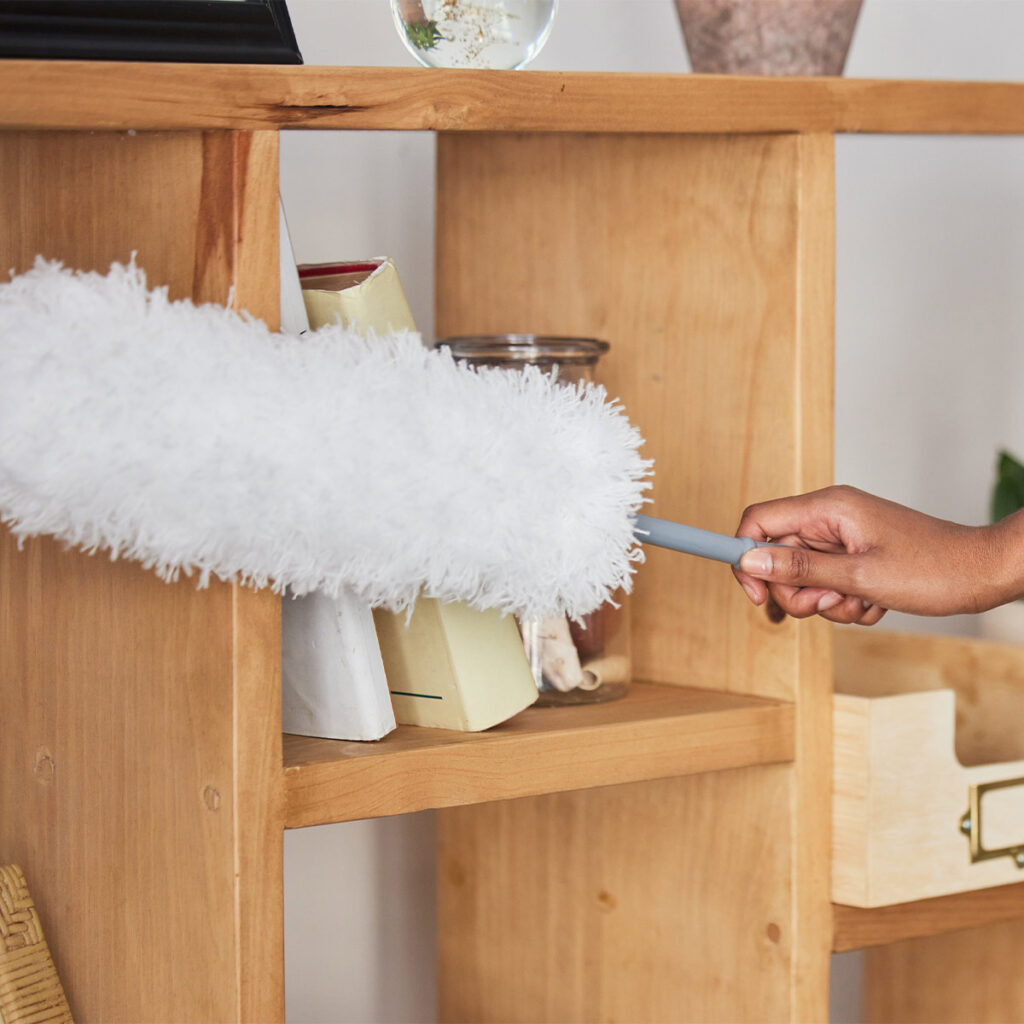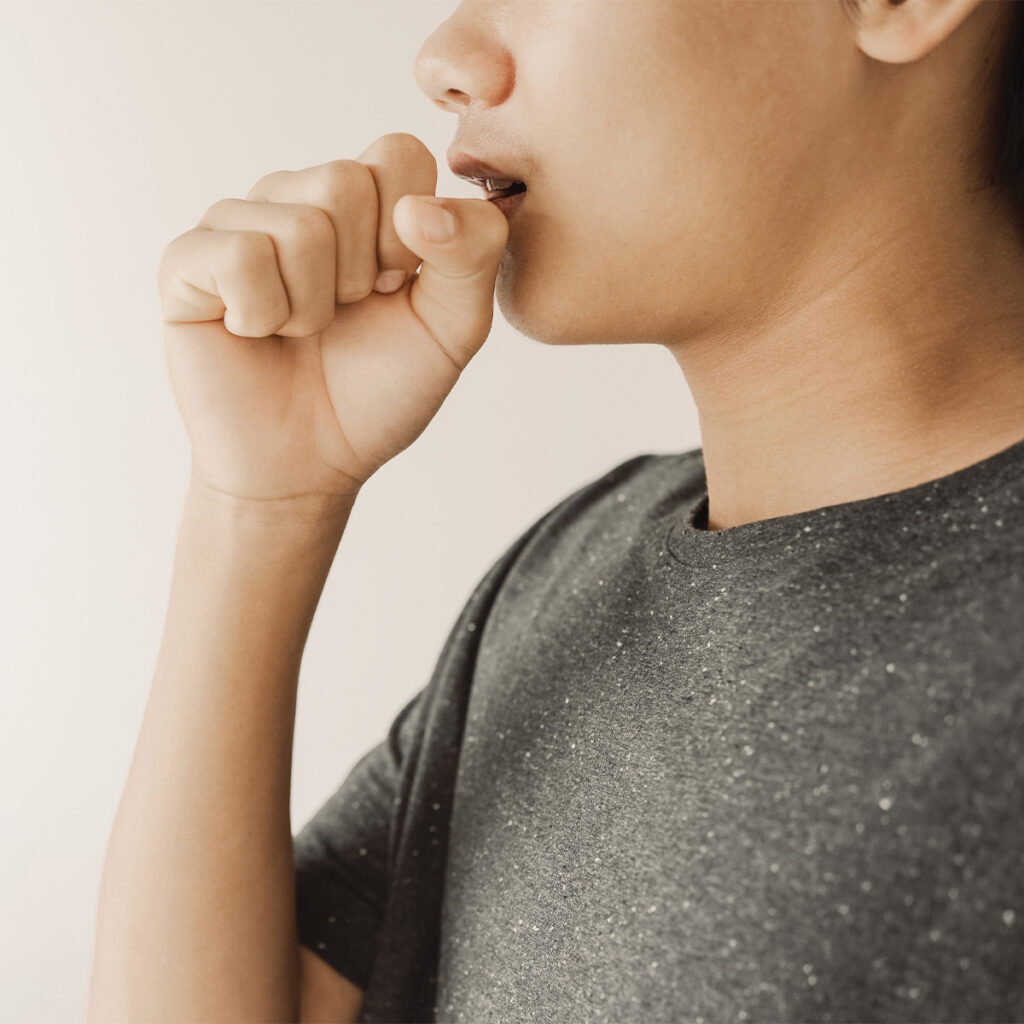Communities across the country are going green, and composting is a huge part of the movement. Turning everyday food scraps and yard waste into usable soil through the natural process of decomposition, composting has moved to individual homes and local restaurants and is no longer a secret of farmers. The popularity of composting is a result of the increasing awareness that certain chemicals in store-bought fertilizers aren’t as good for the earth as we once thought and that the amount of land available for farming is diminishing as landfills continue to grow.
Compost allows gardeners to add organic matter to their soil, something that synthetic fertilizers cannot do. Using compost in the garden reduces, if not eliminates, the amount of chemical fertilizer used, saving money and reducing chemical pollution. The most obvious benefit of composting is that it makes use of garbage that would otherwise end up in landfills. According to the American Farmland Trust, only 1/32 of the earth’s surface is suitable for farming, and as more trash goes to landfills, the land we can use for growing food continues to decrease. By using organic materials for compost rather than throwing them in the trash, we become part of the solution rather than the problem.
“It is an issue that needs to build from the ground up,” says Joel Houser, manager at Crabtree Farms. “City-wide composting would be great, but it is something that is so easy to do at home that we can make a difference on the individual level.”
What is composting?

Composting follows nature’s lead in making good use of decaying plants to enrich the soil, which in turn supports vegetation. Anything that was once living will decompose. By composting organic waste you are returning nutrients back into the soil instead of sending them to landfills. Finished compost no longer looks like banana peels and leftover spinach – It is dark brown and crumbly with an earthy aroma, like soil. Houser says, “Composting is very easy. If you follow the basic rules, then composting takes care of itself. The most work that needs to go into it is putting the materials into the pile.”
How does it work?
Fungi, bacteria, and other microbes break down yard and kitchen waste, turning them into compost for your garden. Piling waste into a bed or bin will start the process of composting, which only requires air circulation and water.
Creating airways is very important. Without air flow, either from materials being packed too tightly or from a lack of turning the pile, decomposition will slow down and create a garbage smell. Turning the pile every couple of weeks is key to an aerated pile.
The contents of the compost pile should be moist, but not wet. Too little water will slow the decomposition, and too much water will mat down the ingredients. Compost microbes need compostable materials from two different groups – brown and green. Brown food includes dry and dead plant material, such as straw, autumn leaves, and wood chips. These foods provide sugar, a source of energy for the microbes that do the decomposing, but plants should be moistened before added to the pile.
Green foods have more nitrogen and include green weeds from the garden, kitchen fruit and vegetable scraps, and coffee grounds. Houser advises that anytime green is added to the compost, one-two inches of brown should be used to cover it, thus greatly reducing the chance of unwanted critters flocking to the pile.
Open Bins versus Closed Containers
Open bins can be constructed with wood, chicken wire, or recycled plastic. Bins easily collect rain water and provide ready access for adding and turning materials. Closed containers are typically upright and can be rotating drums. Upright containers have a more pleasing appearance; however, they are more difficult to mix or turn. Rotating containers are easy to mix, unload, and often have screening options. The amount of space you have and the degree of involvement you desire will help determine which option is best for you. Compost bins can be found at many garden supply centers or hardware stores.
Houser says that making your own bin can be very simple. “Bins are simply a barrier. Mine are made from scrap pallets, but I have seen others made from other materials. The thing to remember is to stay away from pressure treated lumber or railroad ties. Good materials are white oak, cedar, or composite boards. I like to use the pallets because they look decent and are cheaply replaceable. At the farm, we simply have a pile with nothing around it.”
Going Green in Chattanooga
Serving as a leader in environmental consciousness, 212 Market Restaurant has composted since its doors opened in 1992. “Coffee and tea grounds go into our herb garden,” says owner, Sally Moses, “and other kitchen scraps go to local farmers for their gardens and then we, in turn, buy their vegetables.” Nothing goes to waste at 212, corn husks go to a man who raises bison, and meat scraps often go to the red wolves at the Nature Center. “Anybody should consider composting. It makes you think about what you use,” Ms. Moses explains.
Director of Education and Outreach at Crabtree Farms Melanie Mayo tells us that Crabtree Farms does composting on site, reducing greenhouse gases and not letting anything go to waste. “Composing reduces our carbon footprint,” she says. “And the best kind of composting is the kind you can make in your own back yard.” Crabtree Farms accepts compost materials including coffee grounds from the community as well as barley hops from Moccasin Bend Brewery.
As the Chattanooga area seeks to reduce overall waste and become the greenest city in the South, composting presents itself as one way to do your part at home. Coupled with recycling, composting can reduce the amount of trash, cut the smell of garbage, and enrich the soil for better produce. Food that would normally go in the trash won’t end up in a landfill, and before you know it, setting aside scraps and waste will become a part of daily life – sustainable and green for generations to come.
Pamela Boaz
Pamela Boaz, a writer and editor, earned a B.S. degree from the University of North Florida and an M. Ed. from UTC. During her more than 30-year career in education, she has served as faculty advisor for student publications and written curricula for a variety of courses. Pam also works as Professor-in Residence for UTC, supervising student teachers.




